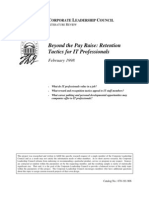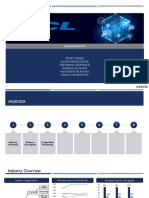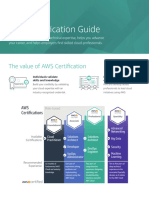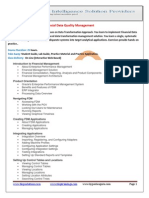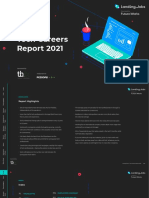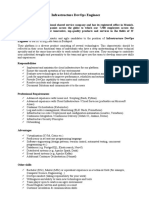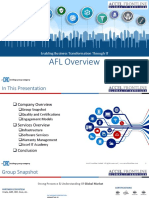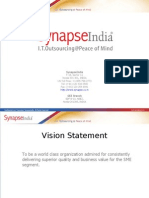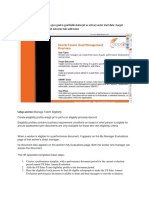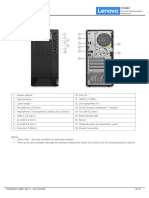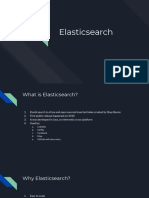0% found this document useful (0 votes)
203 views23 pagesReport
This document discusses a full stack web development project for a gym management system. It provides background on the company developing the system. It then describes full stack web development, including front-end technologies like HTML, CSS, JavaScript, and frameworks like AngularJS and React.js. The back-end is discussed in terms of languages like PHP, C++, Java, Python, and Node.js. Databases mentioned include Oracle, MongoDB, and SQL. The chapter concludes by outlining tasks for the gym management system project, including data gathering, studying the existing system, and feasibility analysis.
Uploaded by
Bhoomika ChowdhryCopyright
© © All Rights Reserved
We take content rights seriously. If you suspect this is your content, claim it here.
Available Formats
Download as PDF, TXT or read online on Scribd
0% found this document useful (0 votes)
203 views23 pagesReport
This document discusses a full stack web development project for a gym management system. It provides background on the company developing the system. It then describes full stack web development, including front-end technologies like HTML, CSS, JavaScript, and frameworks like AngularJS and React.js. The back-end is discussed in terms of languages like PHP, C++, Java, Python, and Node.js. Databases mentioned include Oracle, MongoDB, and SQL. The chapter concludes by outlining tasks for the gym management system project, including data gathering, studying the existing system, and feasibility analysis.
Uploaded by
Bhoomika ChowdhryCopyright
© © All Rights Reserved
We take content rights seriously. If you suspect this is your content, claim it here.
Available Formats
Download as PDF, TXT or read online on Scribd
/ 23





